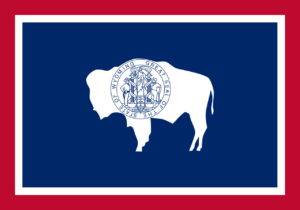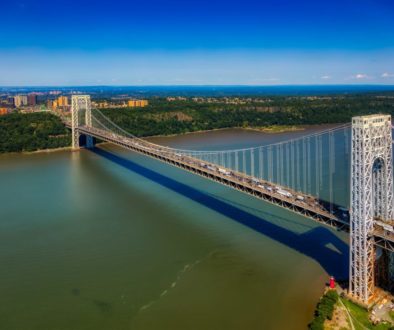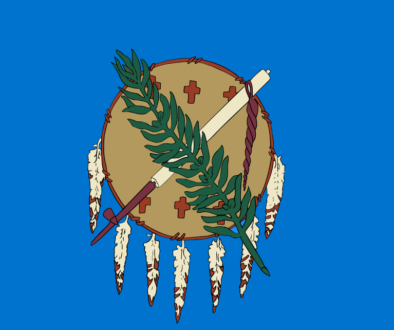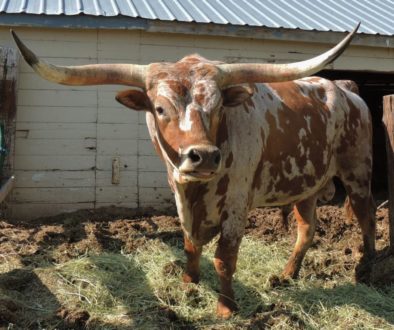Wyoming
History: Wyoming was inhabited by several Native American tribes, such as the Crow, Lakota, Arapaho, and Shoshone, for thousands of years. The Spanish explored and claimed only the southwestern part of the state to become part of New Spain, and later Mexico in 1821. After the Mexican-American War in 1848, the area was ceded to the United States. Many pioneers passed through while going on the Oregon Trail to the West. The area was established as Wyoming Territory in 1868. Wyoming became the 44th state on July 10, 1890.
Economy: The economy of Wyoming is mainly based on minerals – coal, crude oil, natural gas, methane, uranium, and trona. Agriculture is important too, with beef, hay, sugar beets, grains, and wool being produced. Tourists visit every year to see Yellowstone Park, the Grand Tetons, and Devils Tower.
Climate: Wyoming has a semi-arid and continental climate, due to its inland location. Summers are hot, reaching 85 to 95 degrees F (29-35 C) in mid-summer, but decreasing down to about 70° F (21° C) at high elevations. Winters are very cold and bring snow. The southeast part of the state may have small tornados.
Geography: Wyoming is one of the mid-West states where the Great Plains in the east give way to the Rocky Mountains in the west, forming part of the Continental Divide. The eastern part of the state (including the North Platte, Wind, Big Horn and Yellowstone rivers) thus drains into the Gulf of Mexico, while the western part (Snake, Green rivers) drains into the Pacific Ocean. Gannett Peak is the highest point, at 13804 ft (4207 m). The volcanic hotspot in the northwest corner of the state is responsible for the many wonders of Yellowstone National Park, the first national park created in the U.S.
Fast Facts:
- Least populous state of the U.S.
- One of only 3 U.S. states whose boundaries are straight lines.
- Nickname – the Cowboy State
- State dinosaur – Triceratops
- Also known as the Equality State, it was the 1st state that allowed women – to vote (1890), serve on a jury (1870), be Justice of the Peace (1870), or be elected Governor (1925).
- More than half of the state is owned by either federal or state government.
Points of Interest:
- National Parks – Yellowstone, Grand Teton
- Buffalo Bill Center of the West in Cody
- Devils Tower National Monument
- Fort Laramie National Historic Site
- National Historic Trails Interpretive Center in Casper
- Thunder Basin National Grassland near Gillette
Six additional sites to visit for more information:
www.usnews.com/news/best-states/wyoming
kids.nationalgeographic.com/wyoming




